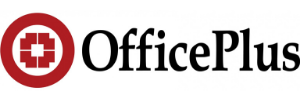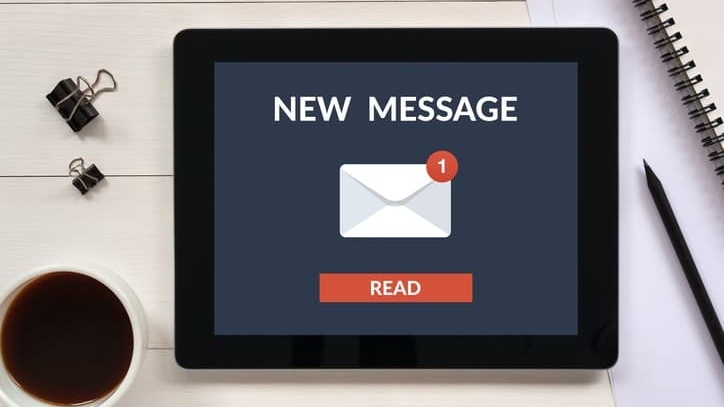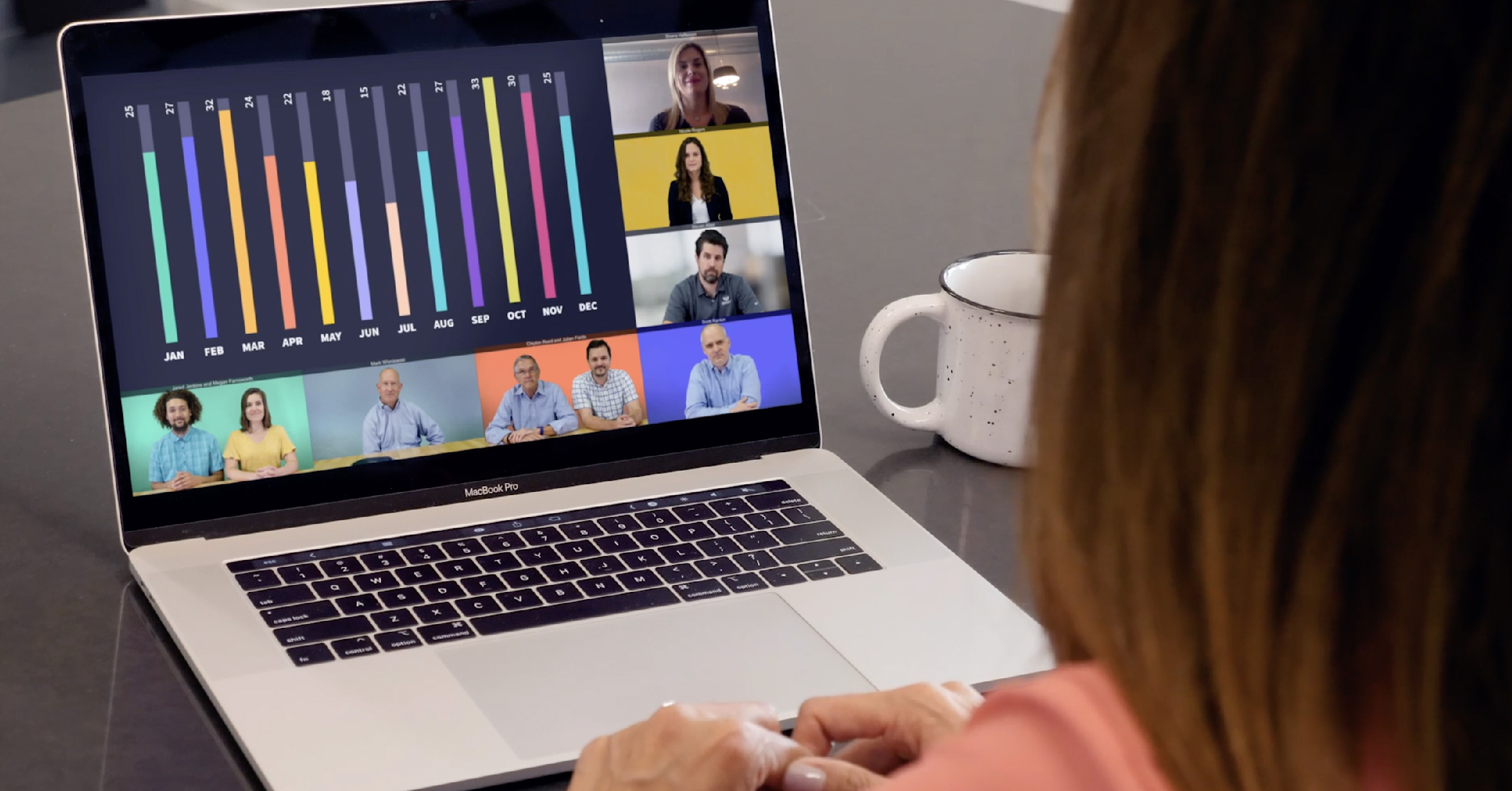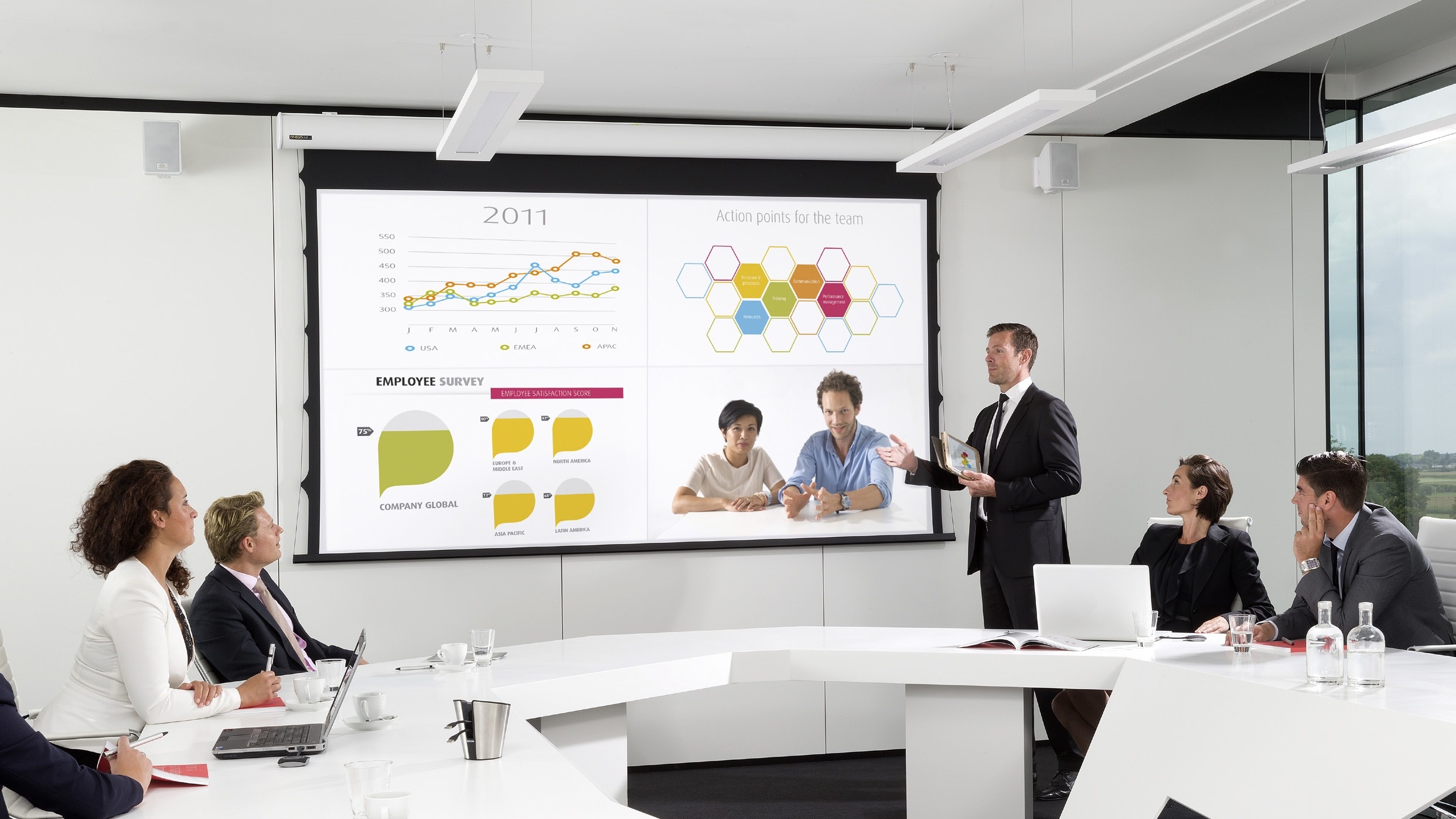How to Prepare for a Big Meeting
Checklist for Productive and Effective Meetings
Having effective meetings is not rocket science. This meeting checklist with a few simple meeting rules will help you have effective and efficient meetings – you will save time and money and participants will leave energized. Share this meeting checklist so everyone knows what the rules are and what is expected.
Participants need to be prepared to handle any required tasks, provide feedback, make presentations, or brainstorm ideas. Doing the groundwork ahead of time will keep the meeting running smoothly and help you meet your goals.
UNDERSTAND THE PURPOSE OF THE MEETING
The first thing you need to consider is to clarify the purpose of your meeting. What is the meeting about? Is it meant to solve a problem, discuss a concept, or inform your colleagues of an important step the organization has made?
Once you understand the purpose of the meeting you can make sure that you actually have a need to host a meeting in the first place. While face to face communication is great, sometimes you can save everybody time and effort by simply sending an email or making a phone call.
DEVELOP AN AGENDA FOR THE MEETING
If all meetings have a purpose then it naturally follows that all meetings should have an agenda.
To prepare an agenda for your meeting you should provide a brief introduction/context as to why the meeting is taking place and the items for discussion. You should list the items for discussion in a relevant order and if you want even to schedule a certain amount of time to discuss each point. If you nail the agenda you can also keep the meeting short.
PREPARE FOR THE MEETING
Whatever you do don’t be that person who asks for someone to explain what the meeting is about when you first sit down!
Whether you are hosting the meeting or attending one you should make sure that you know exactly why you are there. If you don’t think you are really needed then ask to be removed from the invite list unless the organizer thinks it is absolutely crucial you attend.
Once you have committed to going make sure you understand the agenda and what you are expected to know or discuss at the meeting. You may find that you need to do some research beforehand or bring some material along for discussion.
KNOW THE PARTICIPANTS
For the meeting to be productive, select participants who will help you accomplish its objectives. If someone doesn’t have anything to say or discuss at the meeting then they don’t really need to be there. This will save them time and help your meeting run smoother.
Overall the people who attend the meeting should have something to actively contribute. You can still keep other people up to date with what was discussed by emailing a brief recap of the meeting to others if required.
SEND AN INVITE AND SELECT AN APPROPRIATE VENUE
It should go without saying but you would be surprised at the number of meeting requests that get sent without an associated calendar request/invite.
Taking the time to create an invite makes it easier for you as the organizer and for those participating. You can easily see who can and cannot attend and the attendees also have all of the details they need. This should include the agenda that we discussed previously, as well as details on the location or venue of the meeting.
GATHER AND SEND RELEVANT INFORMATION
If there is information that is going to be discussed at the meeting make sure that each participant is sent a copy of it prior. The more time you can give someone to go through it the better, although there are often occasions where meetings are scheduled at the last minute or with short notice.
In addition to this, if you are the host of the meeting make sure you have a couple of printed copies as people often forget to bring their own or don’t think it is needed. It is better to be prepared than lose 5 minutes of your time waiting for someone to turn on their laptop or print a new copy.
MEASURE THE RESULTS
A meeting is only as good as the action it results in. Every meeting with an agenda should also have the desired outcome. As the organizer of the meeting, you should continue to drive people towards that desired outcome and act as a “ringmaster” of the different opinions and cases presented at the table.
Once consensus has been achieved this should be confirmed in an email so that everyone has written confirmation. You should also track your progress against these stated objectives until the task is complete.
We’d love To Meet You In Person Or Via The Web!
Main Office: Suite M-01, 512, 3rd Street, Abu Dhabi, UAE
Phone: + 971 2 6767019
WhatsApp: + 971 55 3979668
Email: web@OfficePlusUAE.com








